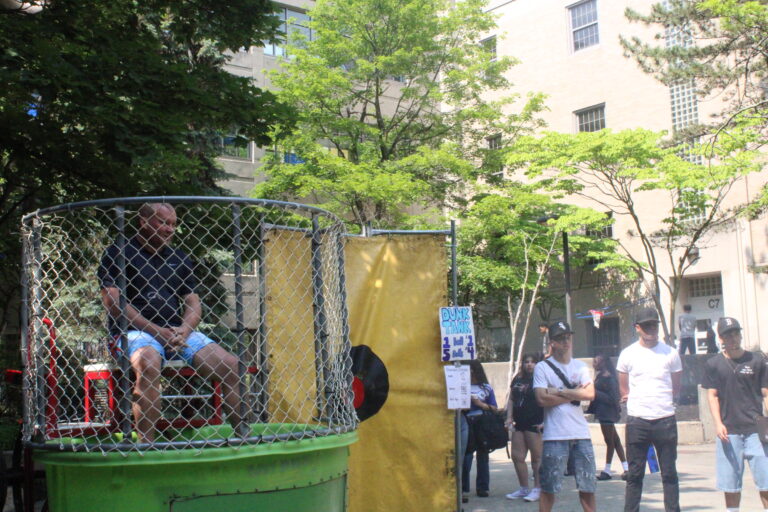So do you have any comments on the student walkout?
I was surprised. When I found out, I wanted to talk to the students in-person because I feel that’s the best way to communicate. However, there was a change of plans at the last minute.
If invited, I would be more than glad to talk to all the students. The more we communicate, the better our understanding. I fully support students, teachers, and anyone who wants to have their voices heard. I think that’s the best way and it reflects as well as affirms our district’s culture of validating student voice. I come from a country where there is not much freedom of expression; therefore I value working in a district that values such freedoms.
Instead of initiating meetings, I prefer to be invited to meetings by students so that they can voice their concerns or questions. I love to communicate. In fact, last year, I met with students twice at the Malden High School gallery. We had good conversations and questions. I answered whatever I could answer within my purview as the Superintendent.
I also met with a few students from Haiti. They were telling me their perspectives and ideas about what can be improved in the school. The Feminism Club members and I had the opportunity to meet as well. They provided invaluable feedback to the design of the code of conduct and the handbook. One of the things they suggested to us was that the code of conduct and handbook should follow the same guidelines. This included the dress code policy.
Do you have plans to gather more student voices? In any of your upcoming decisions?
The answer is absolutely yes! Last year, I was able to meet with many students in our five middle schools and in our high school. The information students shared with me provided more opportunities to hear their concerns on a wide range of topics from course offerings at the high school to the creating a safe and welcoming school environment.
For example newcomers expressed their feelings about how they were perceived by others especially during lunch time. They gave great suggestions on how to improve the way that we welcome students in our schools.
In other conversations, students expressed the need to have equal instructional time in Math and ELA. Their feedback was extremely important to our equity lens. Right after the meeting, I asked the directors and principals to do a survey of instructional minutes across content and grade levels. Moving this work in the district involves students, educators, principals, parents, caregivers, and community members.
We value students’ input as they bring a critical perspective to the work. We can always learn from each other as we align the district with the Department of Elementary and Secondary Education (DESE) requirements and guidelines.
Do you have any specific plans to continue to attract teachers to this district, especially teachers of color, and teachers who speak another language?
We are very proud that this year we recruited more educators who are bilingual and reflect the demographics of our students. This is the result of our strategic priority to recruit Black, Indigenous, People of Color (BIPOC).
We also focus on retaining our BIPOC staff by partnering with a few higher education organizations to support their pursuit of a teaching or administrative license and to continue their own professional development.
How will you know when Malden High School has achieved success? What are you looking for to define this?
There are several indicators prescribed by DESE to monitor all schools’ progress and accountability standing. These are some examples of the indicators that the DESE uses to determine schools’ accountability level: MCAS results, attendance-chronic absenteeism, MassCore course completion, dropout and graduation rate, as well as increase students’ academic growth and performance.
We have eleven years of comparative accountability data that shows that in the last 10 years, our high school has not moved from its 17% accountability status. This year the school moved to 19% and improved the MCAS participation rate from 68% to 98%. We continue to work closely with the school administration, faculty, and staff to make sure that our accountability ranking and student achievement continues to improve.



